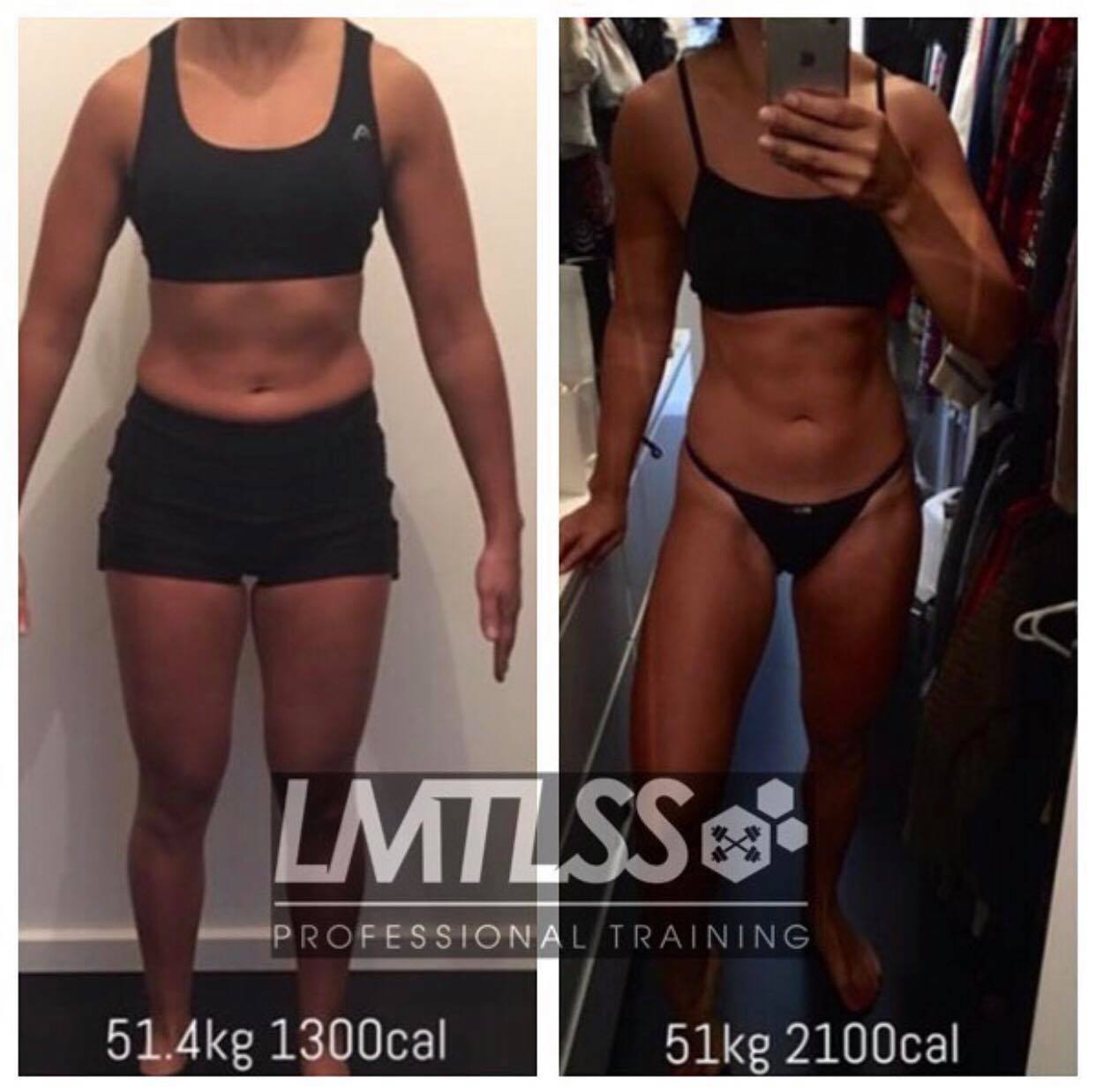Reverse Dieting Recap
I think it is fair to say that the basic idea and schematics of a diet is a widely understood concept, simply put, when one wishes to lose fat they consume less calories than they expend, thus deeming such an individual in a caloric deficit, the longer they are eating less than they are expending, provided such an individual does not encounter some of the issues mentioned later in the article, the leaner they will become. As with all things, after the body has been subject to such stimuli for an extended period of time, or the individual in question is at the point it is no longer viable to decrease calories further attributed to the adverse repercussions regarding health doing so may encourage, they are left with two choices, periodically increase their caloric intake (Recommended ) or employ drastic measures and risk encouraging such adverse effects, often to no avail. In my opinion, such measures should never be resorted to, nor should they need to be a consideration provided one creates sufficient room to move regarding their caloric intake prior to embarking on a cutting phase, that however is a topic for discussion I will reserve for another day. So, Burgers or Pizza? Time to dirty bulk and put on that size, right? For many, the answer is yes, but for those willing to exert a greater level of discipline than the typical “family feast for one” kind of off-season gym goer and maintain their hard-earned condition whilst adding lean tissue to their frame, then reverse dieting is the answer. So, without further ado, I will introduce you to the concept of reverse dieting and the health benefits of reverse dieting.
Reverse dieting aims to increase the basal metabolic rate (BMR) of an individual, allowing them to consume greater amounts of calories, without having such an individual gain an excessive amount of body fat and subsequently creating more work for themselves should they choose to prioritise the oxidation of fat and start to decrease their caloric intake. This is achieved by segmentally increasing the calories an individual consumes each week, using body weight, lean mass, and body fat percent as reference points to discern if the caloric surplus is sufficient, too high, or too low for the desired result. From my experience, increasing the subject’s calories by 100-150 calories per day, per week is typically well tolerated, that said however, as with anything health and fitness, the stimuli that will prove to be viable is largely subjective.
My body is no longer responding to a caloric deficit as intended, what next?
With all this time spent in a caloric deficit, your body undergoes a process known as metabolic adaptation, during which it lowers its energy expenditure through slowing down many metabolic processes such as;
- Down regulation of sympathetic nervous system acitivity, slowing down the heart rate therefore lowering the ability to push through grueling training sessions like previous.
- Hormone production is reduced, both sex and metabolic hormones, meaning the body is left with lowered amounts of both anabolic hormones like testosterone but also hormones like Triiodothyronine and Thyroxine which are responsible for speeding up metabolic processes in the body.
- NEAT (Non-Exercise Activity Thermogenesis) is reduced due to lack of energy from decreased thyroid out put, meaning activities like walking now have a reduced caloric expenditure.
These are but a few of the reasons as to why, proceeding a lengthy period in a caloric deficit we feel slower, we feel lethargic and have less energy in general.
As with all things health and fitness, after an extended period of time your body will grow accustomed to the stimuli it is subject to, in this case, your restricted intake and has adapted accordingly, thus expending less energy where ever possible with respect to both external stimuli and typical bodily processes. At this point you are the most susceptible you have been to gaining unwanted weight accredited to such adaptions.
In a similar manner to that which we utilized to encouraged the loss of fat by segmentally decreasing our calories, we must slowly increase our caloric intake to encourage the body to adapt yet again to the stimuli it is now subject to and thus ensure we do not bring undone our efforts over the last 16 or so weeks.
Take home notes.
It is as the name suggests, the reverse of dieting. Reverse dieting entails the steady increase of our caloric intake over an extended period of time to encourage improvements with respect to the function of one’s thyroid, immune system, sympathetic nervous system activity, Leptin levels, and the bodies ability to manage cortisol.
Provided the reverse dieting phase has served its purpose and you have segmentally increased your calories correlative to the rate with which such bodily processes mentioned above improve, you can expect to end such a phase on a higher caloric intake than you were prior to your cutting phase, in better condition with respect to composition than you were prior to your cutting phase, thus leaving yourself with more room to move and less fat to lose should you decide to decrease your calories again.

